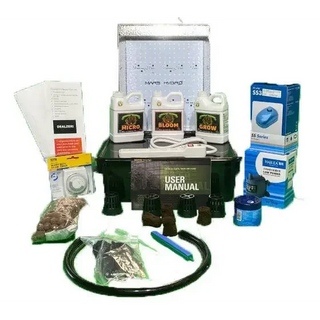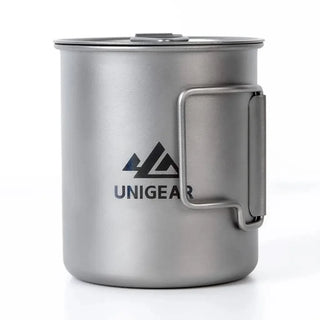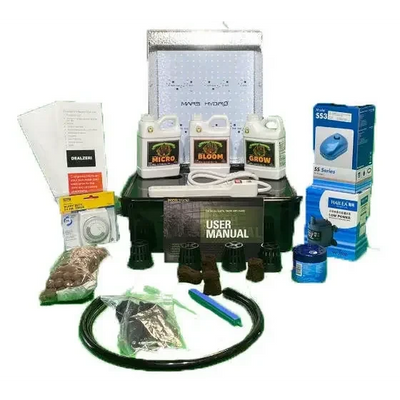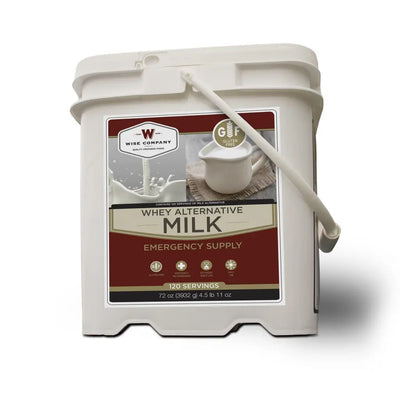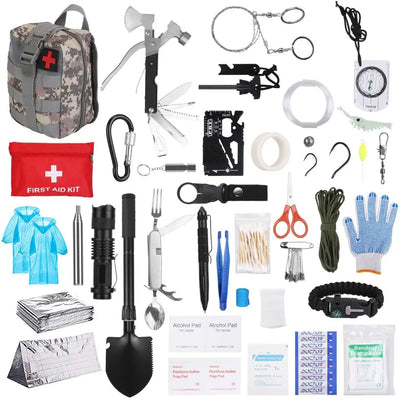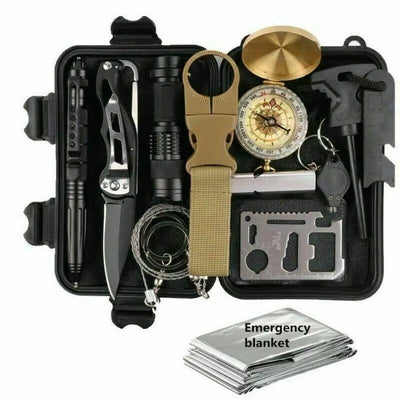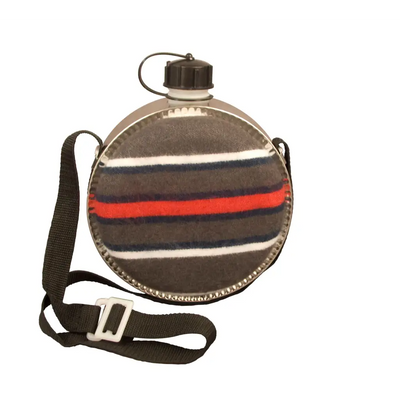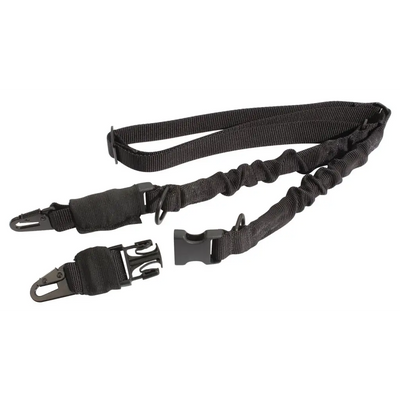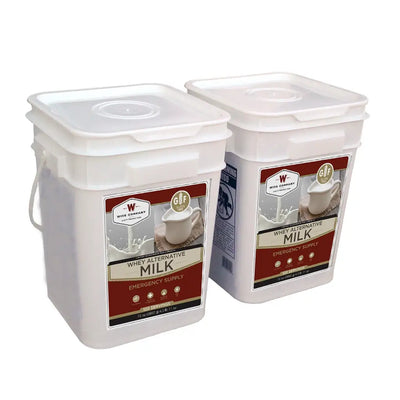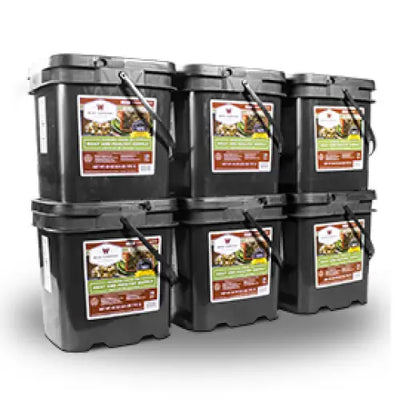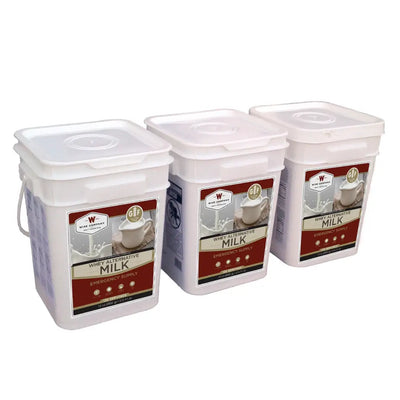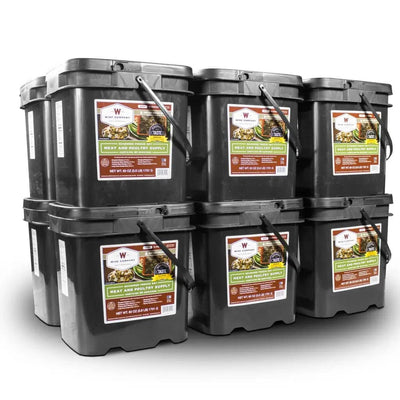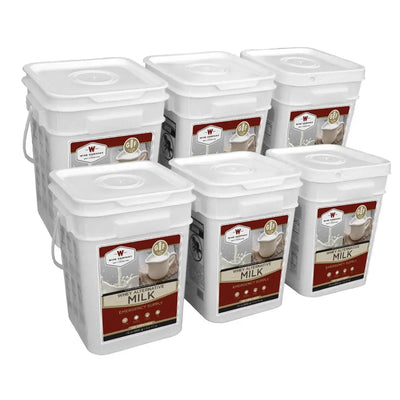In the face of uncertain times and the potential need for survival in challenging circumstances, humans have historically explored unconventional food sources. One such source, often overlooked but highly nutritious, is bugs and insects. Although the idea of consuming bugs may elicit mixed reactions, entomophagy (the practice of eating insects) has gained attention for its potential sustainability and health benefits. This article will delve into the world of survival foods, focusing on bugs, insects, and their related recipes, showcasing their nutritional value, culinary versatility, and potential as an alternative food source in extreme situations.
The Nutritional Value of Bugs and Insects Bugs and insects are highly nutritious, often containing essential vitamins, minerals, and proteins. They are rich in omega-3 and omega-6 fatty acids, which are beneficial for brain health and the cardiovascular system. For instance, crickets, a popular choice for insect consumption, are an excellent source of protein, calcium, iron, and vitamin B12. These tiny creatures can offer a protein content similar to that of conventional meats while requiring far fewer resources to produce. Additionally, insects are often abundant, which makes them an accessible and sustainable source of nutrition.
Culinary Versatility and Preparation Embracing bugs and insects as survival foods also offers a surprising culinary adventure. The versatility of bugs in cooking is remarkable, with various species lending themselves to a range of dishes. For instance, mealworms can be roasted and seasoned, adding a delightful crunch to salads or acting as a protein-rich topping for pasta. Crickets can be ground into a fine powder and incorporated into baking recipes, providing a nutritious boost to bread, cookies, or energy bars. Moreover, ant larvae, also known as "escamoles," are a delicacy in Mexican cuisine, often sautéed with butter, onions, and spices to create a unique and flavorful dish.
General Rules for Insects
If you start going out to try eating some insects, there are some rules to keep you from getting sick. You should always be able to positively identify the insect if you want to be sure it is safe.
Get familiar with insects in your area, but these rules can apply to insects anywhere in the world.
- Slow Moving Bugs – If you see something moving very slowly in the wild, it is often because it is poisonous. Predators know this and leave them alone. Be cautious of this.
- Fuzzy Insects – Most of the time fuzzy insects or those with spines use these features to distribute toxins. These features tell predators to stay away.
- Smelly Bugs – Your sense of smell helps prevent you from getting sick. Both bacteria and toxins carried by insects can smell bad. You are best to avoid eating anything in the wild with a foul smell including insects.
- Bright Colors – If an insect has markings that are red, yellow, orange, or blue it is a warning to predators. Often, these insects are toxic, so you are best to go with insects that are black, brown, or green.
- Stingers – You may think that bees and wasps with stingers are not edible. That is partially true. To eat these insects, you should remove the stingers. They should then be safe to eat.
- Flies and Mosquitoes – Bugs that breed or hang around feces, rotting meat, or stagnant water are dangerous. They often carry diseases that can make you sick or even kill you.
- Underground Insects – Anything you find underground such as worms or grubs will often have a good amount of dirt in their digestive system. You are best to soak these in water overnight to draw out the dirt before you eat them.
- Wings and Legs – There is little nutritional value in the wings and legs of insects, and they can scratch you up as you try to swallow them. You are best to remove legs and wings.
- When in Doubt, Cook It – If you want to be sure to kill bacteria and parasites that could be found in bugs, cooking it is the best bet. Common insects like grasshoppers are edible but often carry parasites that need to be killed.
You will find certain insects are common in most of the moderate climates in the world. Here are some edible species found just about everywhere:
- Ants – Ants are found all over the world and are all edible. You can break open an anthill, shove a stick into a hill, or eat them off of the ground. Some of them taste of citrus.
- Earthworms and Grubs – These are both edible and high in protein and iron. Just try to soak them before eating to draw out the dirt.
- Bees and Wasps – As stated above, these are both edible as long as you remove the stinger. Lots of cultures like to roast adult bees and eat the larvae raw.
- June Bugs – These are some of the larger insects found in the wild, and you can eat both the adults and the larvae.
- Moths and Butterflies – These can be eaten safely along with caterpillars. Just be sure to follow the general rules stated above for the caterpillars.
- Centipedes – These critters are poisonous when alive and can get to be very large. You should always cook them to eliminate any toxins as well as remove the head. Just be sure you know the difference between centipedes and millipedes as millipedes are poisonous.
- Mealworms – These are popular worldwide as a food source. I actually saw them roasted and sold at a roadside stand on the West Coast. The BBQ ones were pretty good.
- Cicadas – You probably know that cicadas are on a certain reproductive cycle and only come out every few years. When they are around, they are a good food source. The young ones are best as they aren’t quite so crunchy.
- Pill Bugs – You might know them as Roly Polys. They are actually related to shrimp and great as a food source.
- Roaches – You might think that roaches would be a bad choice, but they are fine to eat in the wilderness. As long as they are not living in garbage, they are fine to eat.
- Crickets – These are another popular food sources around the world, and many people raise them for food in cricket farms.
- Scorpions – These can be deadly if you get stung, so be careful catching them. Once you remove the stinger, they are fine to eat.
- Grasshopper – This insect is common in most of the world and can grow very large. Just remove the head and cook them to avoid parasites.
- Slugs – These slimy creatures carry parasites and also sometimes eat poisonous plants. They need to be gutted and cooked before eating.
- Tarantula – These giant spiders are one of the few spider species that make a good food source. They have large enough legs that they are good to eat. Just be sure to cook the whole thing well before eating.
- Snails – Just like slugs these need to be gutted and cooked. You will find them on French menus as escargot. I have eaten them several times, and they are quite good.
- Termites – This is another insect that is commonly eaten around the world. They are high in protein and can be collected by the hundreds. They tend to taste a bit like almonds.
Recipes and Creative Bug-based Dishes Cricket Tacos:
-
- Ingredients:
- Cooked crickets
- Tortillas
- Salsa
- Guacamole
- Cilantro
- Preparation:
- Saute the cooked crickets in olive oil and season with spices of your choice.
- Warm the tortillas and fill them with the seasoned crickets.
- Top with salsa, guacamole, and fresh cilantro for a delicious and nutritious taco experience.
- Ingredients:
-
Mealworm Stir-Fry:
- Ingredients:
- Mealworms
- Mixed vegetables (such as bell peppers, broccoli, and carrots)
- Soy sauce
- Garlic
- Ginger
- Sesame oil
- Preparation:
- In a wok or frying pan, heat sesame oil and add garlic and ginger.
- Add the mealworms and stir-fry until golden brown.
- Toss in the mixed vegetables and continue stir-frying until tender-crisp.
- Finish with a splash of soy sauce and serve over rice or noodles.
- Ingredients:
-
Cricket Flour Energy Bars:
- Ingredients:
- Cricket flour
- Dates
- Almonds
- Honey
- Chia seeds
- Dark chocolate chips
- Preparation:
- In a food processor, combine cricket flour, dates, almonds, honey, and chia seeds.
- Process until a sticky dough forms.
- Mix in dark chocolate chips.
- Press the mixture into a lined baking pan and refrigerate until firm.
- Cut into bars and enjoy a protein-packed snack
- Ingredients:


















